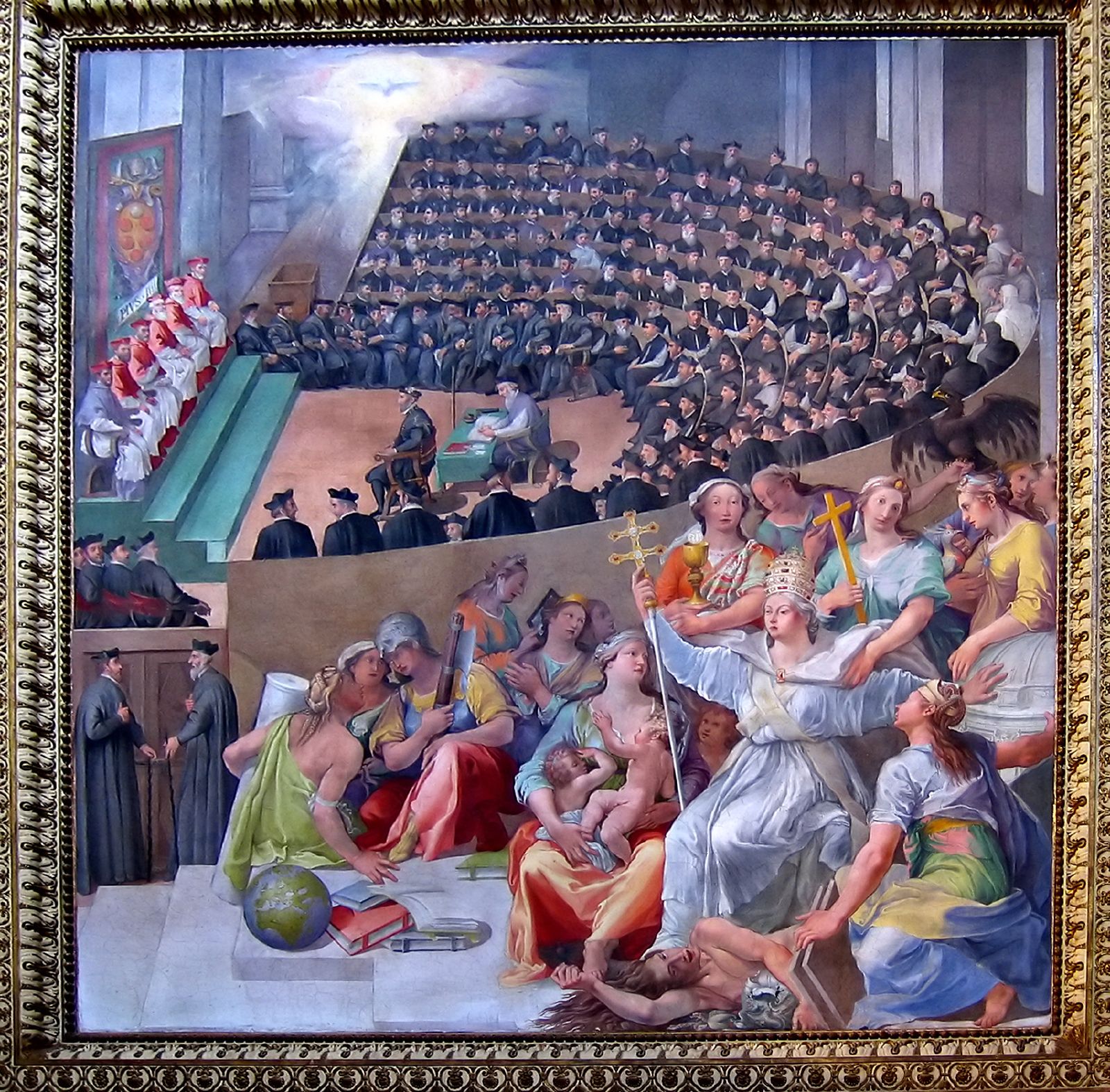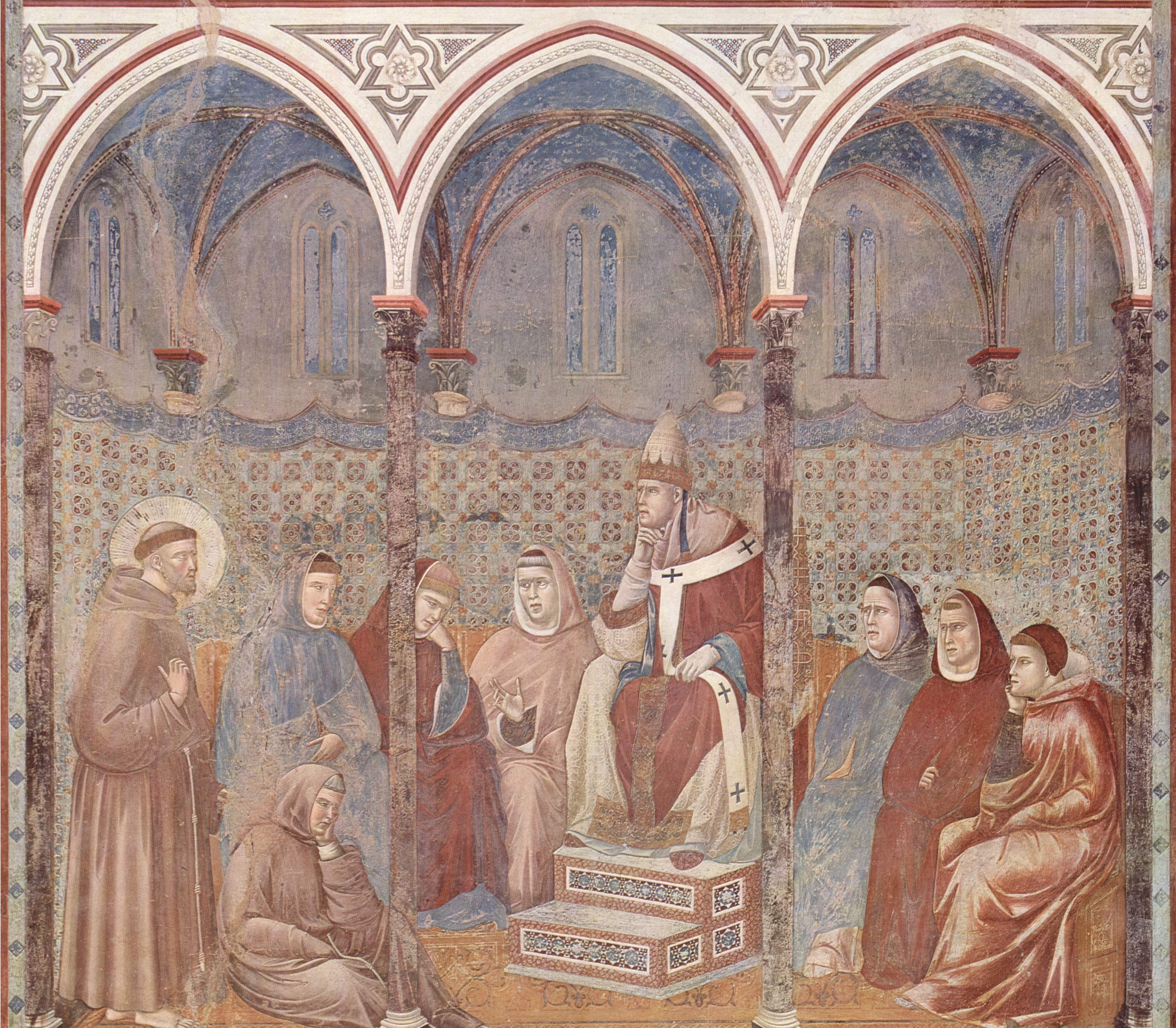|
Primate Of All Spain
The Primacy of the Spains (; , ) is the primacy of the Iberian Peninsula, historically known as Hispania or in the plural as the Spains. The Archbishop of Braga, in Portugal, has claimed this primacy over the whole Iberian Peninsula since the middle ages, however today his primacy is only recognized in Portugal. The Archbishop of Toledo in Spain has claimed the Primacy of Spain, as the primate above all other episcopal sees in Spain. In addition, the Archbishop of Tarragona in Catalonia also makes use of the title. The Archbishops in Braga, Toledo and Tarragona, if raised to the rank of cardinal, are known as Cardinal-Primates. Primacy of Braga The Archbishop of Braga has claimed the title of ''Primate of the Spains'' () both for being the oldest diocese on the Iberian Peninsula and for its role in the christianization of the Suebi Kingdom. Bishop Balconius (440-446) was the first to claim the title after being elevated to Archbishop for converting King Rechiar. For the new ... [...More Info...] [...Related Items...] OR: [Wikipedia] [Google] [Baidu] |
Primate (bishop)
Primate () is a title or rank bestowed on some important archbishops in certain Christian churches. Depending on the particular tradition, it can denote either jurisdictional authority ( title of authority) or (usually) ceremonial precedence ( title of honour). Catholic Church In the Latin Church, a primate is an archbishop—or, rarely, a suffragan or exempt bishop—of a specific (mostly metropolitan) episcopal see (called a ''primatial see'') who has precedence over the bishoprics of one or more ecclesiastical provinces of a particular historical, political or cultural area. Historically, primates of particular sees were granted privileges including the authority to call and preside at national synods, jurisdiction to hear appeals from metropolitan tribunals, the right to crown the sovereign of the nation, and presiding at the investiture (installation) of archbishops in their sees. The office is generally found only in older Catholic countries, and is now purel ... [...More Info...] [...Related Items...] OR: [Wikipedia] [Google] [Baidu] |
Roman Catholic Diocese Of Coimbra
The Diocese of Coimbra () is a Latin Church diocese of the Catholic Church in Coimbra, Portugal. It is a suffragan of the Archdiocese of Braga. From 1472, the bishop of Coimbra held the comital title of Count of Arganil, being thus called Bishop-Count (). History The first known bishop was Lucentius, who participated in the first council of Braga (563), the metropolitan See of Coimbra, until the latter was attached to the ecclesiastical province of Mérida (650–62). Titular bishops of Coimbra continued the succession under the Islamic conquest, one of whom witnessed the consecration of the church of Santiago de Compostela in 876. The see was re-established in 1088, after the reconquest of the city of Coimbra by the Christian forces of Sisnando Davides (1064). The first bishop of the new series was Martin. In the midst of the difficulties of restoring the Church in Portugal in the wake of the request of the country from the Arabs, Bishop Mauricio Burdino applied to Pope Pasc ... [...More Info...] [...Related Items...] OR: [Wikipedia] [Google] [Baidu] |
Toledo Cathedral, From Plaza Del Ayuntamiento
Toledo most commonly refers to: * Toledo, Spain, a city in Spain * Province of Toledo, Spain * Toledo, Ohio, a city in the United States Toledo may also refer to: Places Belize * Toledo District * Toledo Settlement Bolivia * Toledo, Oruro Brazil * Toledo, Minas Gerais * Toledo, Paraná Canada * Toledo, Canada, Providence of Ontario Colombia * Toledo, Norte de Santander * Toledo, Antioquia Philippines * Toledo, Cebu Spain * Taifa of Toledo (1010–1085) * Kingdom of Toledo (1085–1833) * Province of Toledo, Spain * Roman Catholic Archdiocese of Toledo * Toledo (Congress of Deputies constituency) United States * Toledo, Georgia, an unincorporated community * Toledo, Illinois, a village * Toledo, Iowa, a city * Toledo, Kansas, an unincorporated community * Toledo, Callaway County, Missouri, an unincorporated community * Toledo, Ozark County, Missouri, an unincorporated community * Toledo, Ohio, a city * Toledo, Oregon, a city * Toledo, Washingt ... [...More Info...] [...Related Items...] OR: [Wikipedia] [Google] [Baidu] |
Patriarch Of Lisbon
The Patriarch of Lisbon (, ), also called the Cardinal-Patriarch of Lisbon once he has been made cardinal, is the ordinary bishop of the Archdiocese of Lisbon. He is one of the few patriarchs in the Latin Church of the Catholic Church, along with the Patriarchs of Venice, the East Indies, and Jerusalem. The diocese of Lisbon was created in the 4th century, but it lay vacant after 716 when the city was captured by the Moors; the diocese was restored when the city was captured by king Afonso I of Portugal during the Second Crusade in 1147. In 1393, Lisbon was raised to the dignity of a metropolitan archdiocese by Pope Boniface IX with the papal bull ''In eminentissimae dignitatis''. In 1716, at the request of King John V, Pope Clement XI issued the bull ''In Supremo Apostolatus Solio'' granting the rank of Patriarch to the King's Chaplain, who had since been made Archbishop of West Lisbon. The bull '' Inter praecipuas apostolici ministerii'', issued by Pope Clement XII in 1737, ... [...More Info...] [...Related Items...] OR: [Wikipedia] [Google] [Baidu] |
Leon (Spain)
Leon, Léon (French) or León (Spanish) may refer to: Places Europe * León, Spain, capital city of the Province of León * Province of León, Spain * Kingdom of León, an independent state in the Iberian Peninsula from 910 to 1230 and again from 1296 to 1301 * León (historical region), composed of the Spanish provinces León, Salamanca, and Zamora * Viscounty of Léon, a feudal state in France during the 11th to 13th centuries * Saint-Pol-de-Léon, a commune in Brittany, France * Léon, Landes, a commune in Aquitaine, France * Isla de León, a Spanish island * Leon (Souda Bay), an islet in Souda Bay, Chania, on the island of Crete North America * León, Guanajuato, Mexico, a large city * Leon, California, United States, a ghost town * Leon, Iowa, United States * Leon, Kansas, United States * Leon, New York, United States * Leon, Oklahoma, United States * Leon, Virginia, United States * Leon, West Virginia, United States * Leon, Wisconsin (other), United State ... [...More Info...] [...Related Items...] OR: [Wikipedia] [Google] [Baidu] |
Galicia (Spain)
Galicia ( ; or ; ) is an Autonomous communities of Spain, autonomous community of Spain and nationalities and regions of Spain, historic nationality under Spanish law. Located in the northwest Iberian Peninsula, it includes the provinces of Spain, provinces of La Coruña (province), A Coruña, Lugo (province), Lugo, Ourense (province), Ourense, and Pontevedra (province), Pontevedra. Galicia is located in Atlantic Europe. It is bordered by Portugal to the south, the Spanish autonomous communities of Castile and León and Asturias to the east, the Atlantic Ocean to the west, and the Cantabrian Sea to the north. It had a population of 2,705,833 in 2024 and a total area of . Galicia has over of coastline, including its offshore islands and islets, among them Cíes Islands, Ons Island, Ons, Sálvora, Cortegada Island, which together form the Atlantic Islands of Galicia National Park, and the largest and most populated, A Illa de Arousa. The area now called Galicia was first in ... [...More Info...] [...Related Items...] OR: [Wikipedia] [Google] [Baidu] |
Bartholomew Of Braga
Bartholomew of Braga (3 May 1514 – 16 July 1590), born Bartolomeu Fernandes and in religious Bartolomeu dos Mártires, was a Portuguese Catholic and a professed member from the Order of Preachers as well as the Archbishop Emeritus of Braga. Fernandes participated in the Council of Trent and also collaborated with Charles Borromeo at the council while also establishing a series of hospitals and hospices in Braga while publishing a range of works from catechism to other topics. The sainthood process commenced under Pope Benedict XIV on 11 September 1754 and he was titled as a Servant of God while Pope Gregory XVI later named him as Venerable on 23 May 1845. Pope John Paul II beatified Fernandes in Saint Peter's Square on 4 November 2001. Pope Francis approved the equipollent canonization for him on 5 July 2019 after waiving the miracle needed for him to become a saint therefore acknowledging him as such. Life Bartolomeu Fernandes was born near Lisbon on 3 May 1514 to Domingos F ... [...More Info...] [...Related Items...] OR: [Wikipedia] [Google] [Baidu] |
Council Of Trent
The Council of Trent (), held between 1545 and 1563 in Trent (or Trento), now in northern Italy, was the 19th ecumenical council of the Catholic Church. Prompted by the Protestant Reformation at the time, it has been described as the "most impressive embodiment of the ideals of the Counter-Reformation.""Trent, Council of" in Cross, F. L. (ed.) ''The Oxford Dictionary of the Christian Church'', Oxford University Press, 2005 (). It was the last time an ecumenical council was organized outside the city of Rome. The Council issued key statements and clarifications of the Church's doctrine and teachings, including scripture, the biblical canon, sacred tradition, original sin, justification, salvation, the sacraments, the Mass, and the veneration of saintsWetterau, Bruce. ''World History''. New York: Henry Holt and Company, 1994. and also issued condemnations of what it defined to be heresies committed by proponents of Protestantism. The consequences of the council were als ... [...More Info...] [...Related Items...] OR: [Wikipedia] [Google] [Baidu] |
Papal Bull
A papal bull is a type of public decree, letters patent, or charter issued by the pope of the Catholic Church. It is named after the leaden Seal (emblem), seal (''bulla (seal), bulla'') traditionally appended to authenticate it. History Papal bulls have been in use at least since the 6th century, but the phrase was not used until around the end of the 13th century, and then only internally for unofficial administrative purposes. However, it had become official by the 15th century, when one of the offices of the Apostolic Chancery was named the "register of bulls" ("''registrum bullarum''"). By the accession of Pope Leo IX in 1048, a clear distinction developed between two classes of bulls of greater and less solemnity. The majority of the "great bulls" now in existence are in the nature of confirmations of property or charters of protection accorded to monasteries and religious institutions. In an era when there was much fabrication of such documents, those who procured bulls ... [...More Info...] [...Related Items...] OR: [Wikipedia] [Google] [Baidu] |
Pope Honorius III
Pope Honorius III (c. 1150 – 18 March 1227), born Cencio Savelli, was head of the Catholic Church and ruler of the Papal States from 18 July 1216 to his death. A canon at the Basilica di Santa Maria Maggiore, he came to hold a number of important administrative positions, including that of Camerlengo. In 1197, he became tutor to the young Frederick II. As pope, he worked to promote the Fifth Crusade, which had been planned under his predecessor, Innocent III. Honorius repeatedly exhorted King Andrew II of Hungary and Emperor Frederick II to fulfill their vows to participate. He also gave approval to the recently formed Dominican and Franciscan religious orders. Early work He was born in Rome as a son of Aimerico, a member of the Roman Savelli family. For a time canon at the church of Santa Maria Maggiore, he later became Camerlengo of the Holy Roman Church on December 5, 1189 and Cardinal Deacon of Santa Lucia in Silice on 20 February 1193. Under Pope Clement III and P ... [...More Info...] [...Related Items...] OR: [Wikipedia] [Google] [Baidu] |




